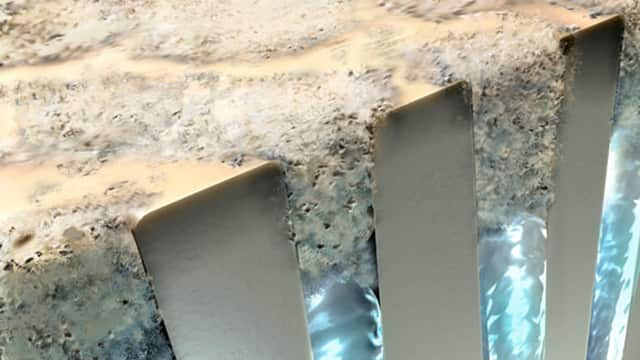Dear reader:
We are delighted to present the article: Method for Quantifying Occlusion of Dentin Tubules.
Introduction
Dentin hypersensitivity (DH) is a common oral care concern, which is described to be a short, sharp pain in response to stimuli, usually hot, cold, and pressure changes1 , and cannot be ascribed to any other form of dental defect or disease. DH rises from open and exposed dentin tubules. There have been numerous approaches employed to manage dentin hypersensitivity, such as, plugging and sealing the dentin tubules with various occlusive materials.2,3,4 This process prevents external stimuli from initiating the movement of fluid towards the pulp.5
Majority of the reported studies showed qualitative, visual data of surface blocking and/or occluded dentin tubules after treatments, through investigation with confocal laser scanning microscopy (CLSM), atomic force microscopy (AFM) and scanning electron microscope (SEM) to examine the specimens.3 It has been reported by Joshi et al., 3 that certain measures must be met in counting the tubules (captured SEM images) to determine occlusion; the observation of complete penetration of the crystal would be considered completely occluded and reduction of the tubule’s diameter over 50% were considered partially occluded. This form of calculation is subjective to visual analysis. In this in vitro study, a quantitative approach is presented for dentin occlusion. A new imaging analysis method6 coupled with the use of Leica Map V 7.1 software was utilized to quantify the occlusion of dentin tubules treated with various toothpastes.
Editors:
D. Hines, I. D. Petrou, P. Santarpia III, S. Lavender, R. Sullivan, S. Pilch





